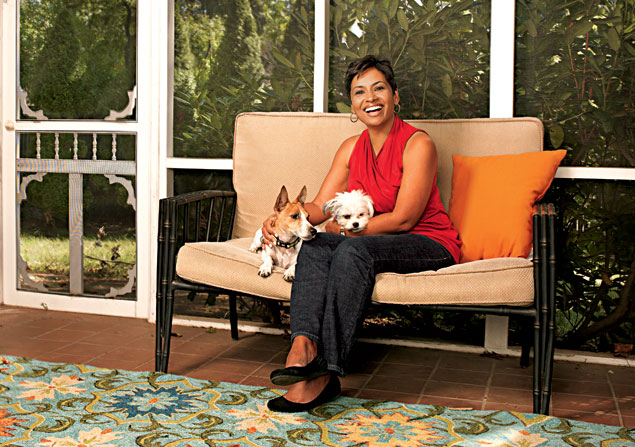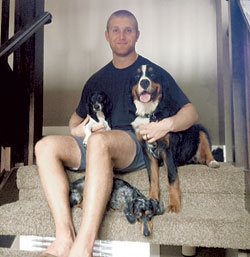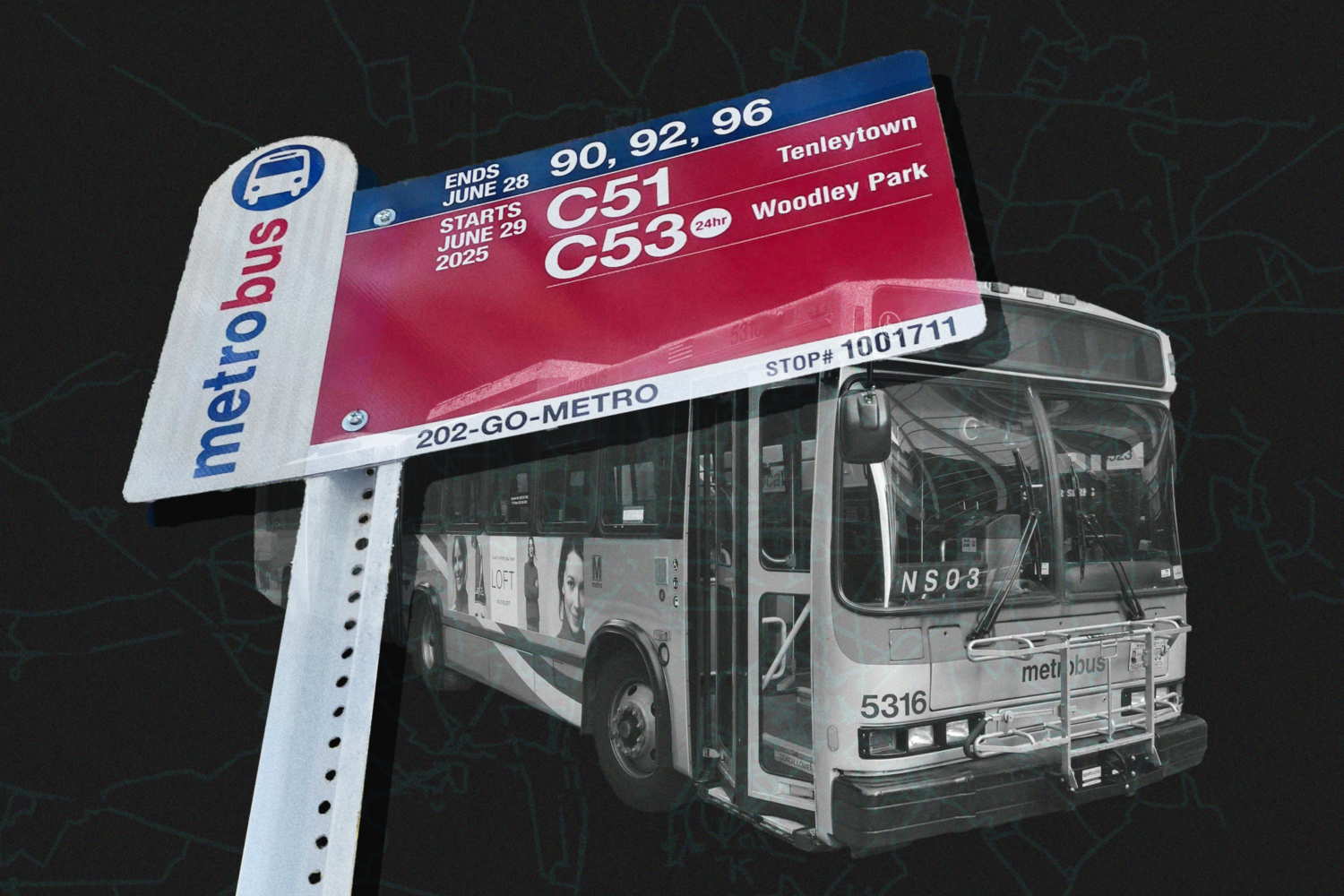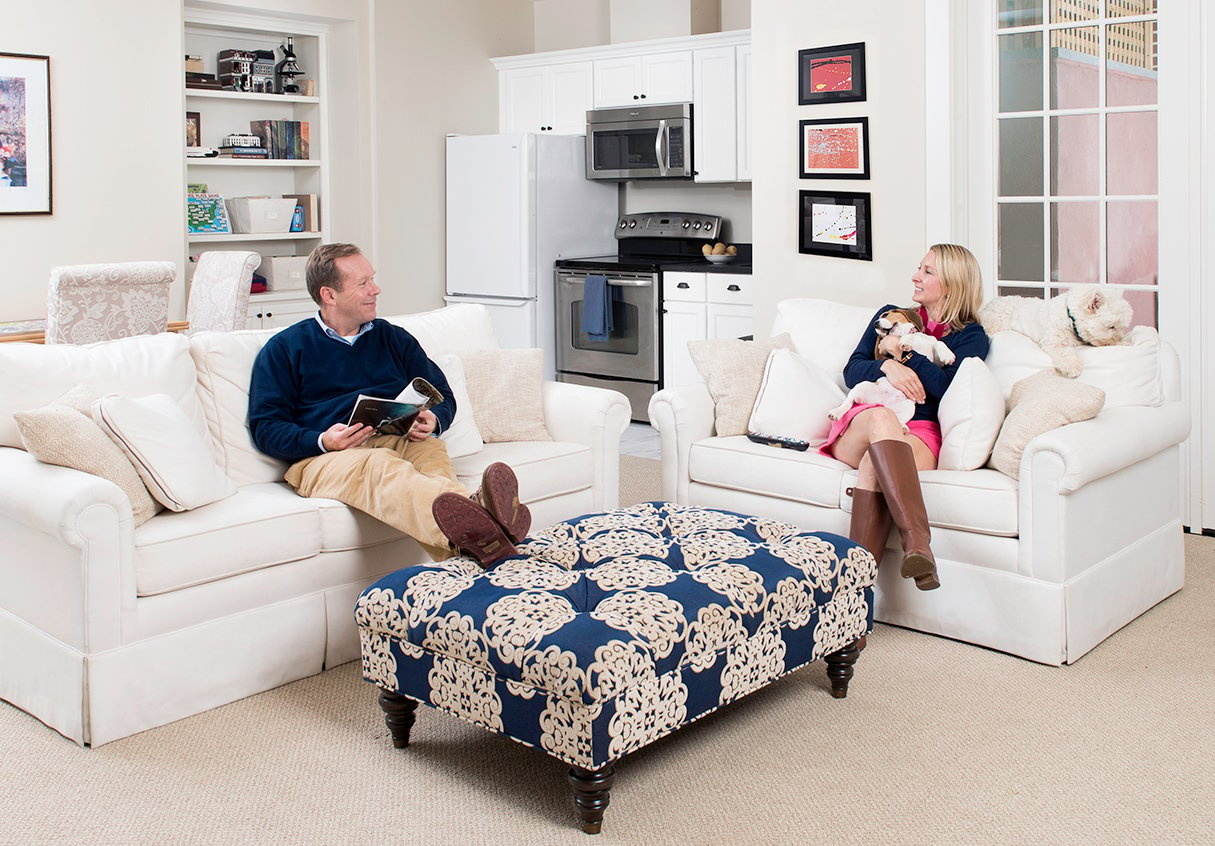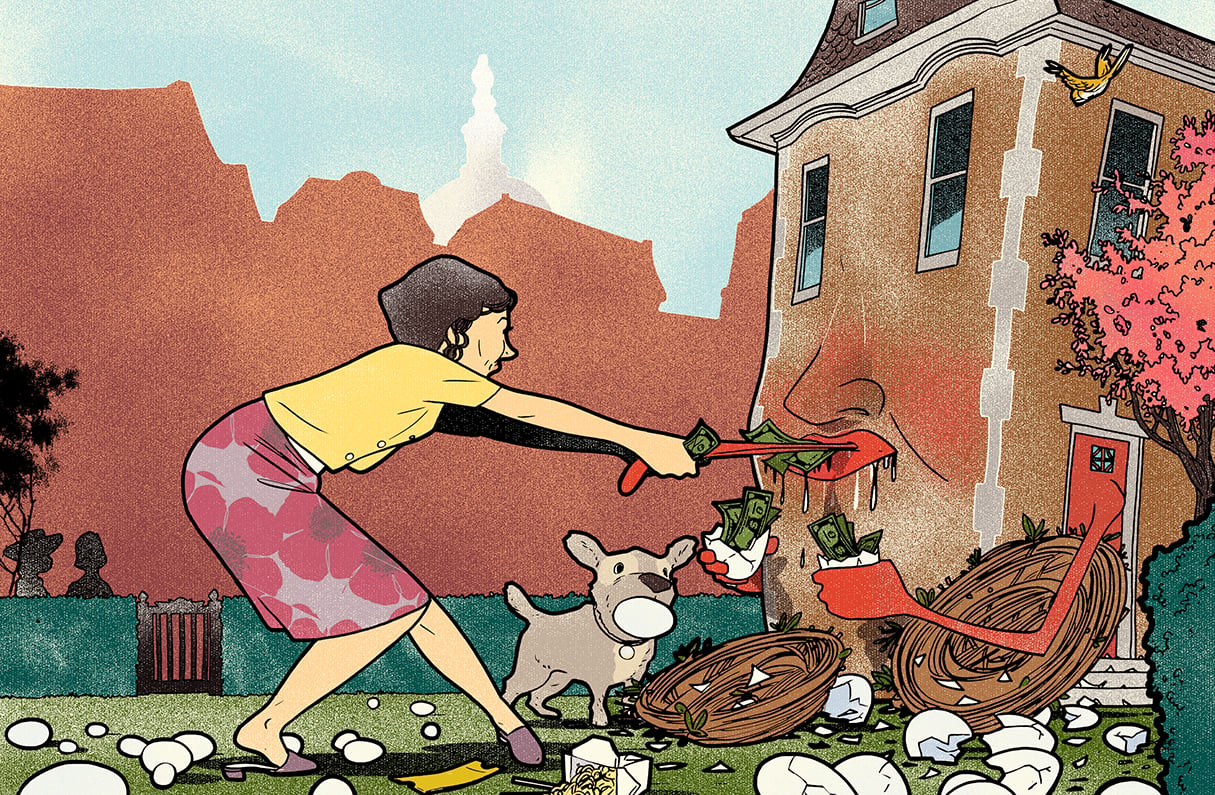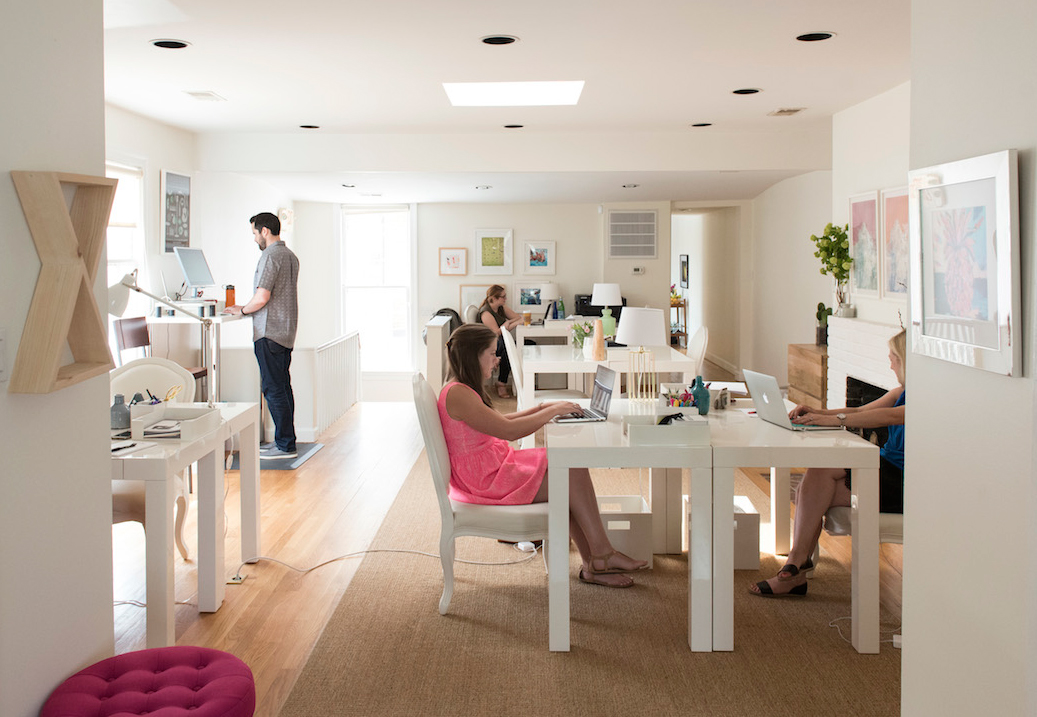There’s nothing like getting welcomed home by a tail-wagging
companion, but there are also few things as heartbreaking as leaving a
sad-eyed dog behind to go to work. Yet Washingtonians manage this routine
every day.
Though it’s not easy, Pat Zarodkiewicz, who works at the
Pentagon, balances caring for her yellow Labs—Buttons and Chance—with a
stressful career.
She relies on daily help from dog walkers from Arlington’s Dog
Paws ’n Cat Claws Pet Care. When she adopted Buttons, she had to deal with
the animal’s separation anxiety—the first time she left her home alone,
Buttons tried to escape through a window. But Zarodkiewicz says the
unconditional love she gets from Buttons and Chance has made them well
worth the trouble.
Mary Champagne, who works at the US Chamber of Commerce, says
she and her husband, a writer, manage caring for their Great Dane mix,
Camus, by sharing responsibilities. While Mary handles Camus’s long
after-work walks, he cares for the dog on days he works from home. Camus
also spends one or two days a week at daycare.
“You have to be realistic that having a dog is going to take
time,” says Champagne. “You can’t just get a dog and ignore him or her.
It’s not fair to them.”
People with demanding schedules have a lot to consider before
bringing a new companion home. E. Kathryn Meyer, a Gaithersburg veterinary
behaviorist, says prospective owners need to determine how much energy
they’re willing to expend outside the office: “It means getting up an
extra half hour or 45 minutes early every day so you can take the dog out
for a nice walk. It means planning in the evening to get the dog out to
exercise. ”
Then there’s the question of what to do with the dog during the
day. Puppies demand more attention in general, and dogs younger than four
to six months can’t hold their bladders for more than a few hours. (See
puppy schedule on page 177.) Aspiring owners who work may want to consider
adopting an older pet. Most adult dogs can last six to eight hours without
relieving themselves, though a midday check-in is still
optimal.
There are steps an owner can take to better prepare a dog to
handle a full-time work schedule. Dr. Meyer suggests leaving the dog for
progressively longer periods, with the goal of going a full day alone.
Leaving the dog with a long-lasting treat like a peanut-butter-stuffed
Kong toy also helps.
Dogs with separation anxiety need even more help. Symptoms
include going to the bathroom in the house and being
destructive.
Pat Zarodkiewicz says Buttons’s anxiety improved after she
adopted Chance and Buttons grew accustomed to her daily schedule. Meyer
says confining dogs, particularly puppies, to a crate can comfort them,
but crating makes some more anxious. In severe cases, she prescribes
anti-anxiety medication.
There’s another option for people who decide that juggling a
full-time job and a new dog would be too much: volunteering at a shelter.
That way, Meyer says, both dogs and people can get some extra love without
the commitment.
This article appears in the November 2012 issue of The Washingtonian.
Read more
Things to Know About Getting a Dog

